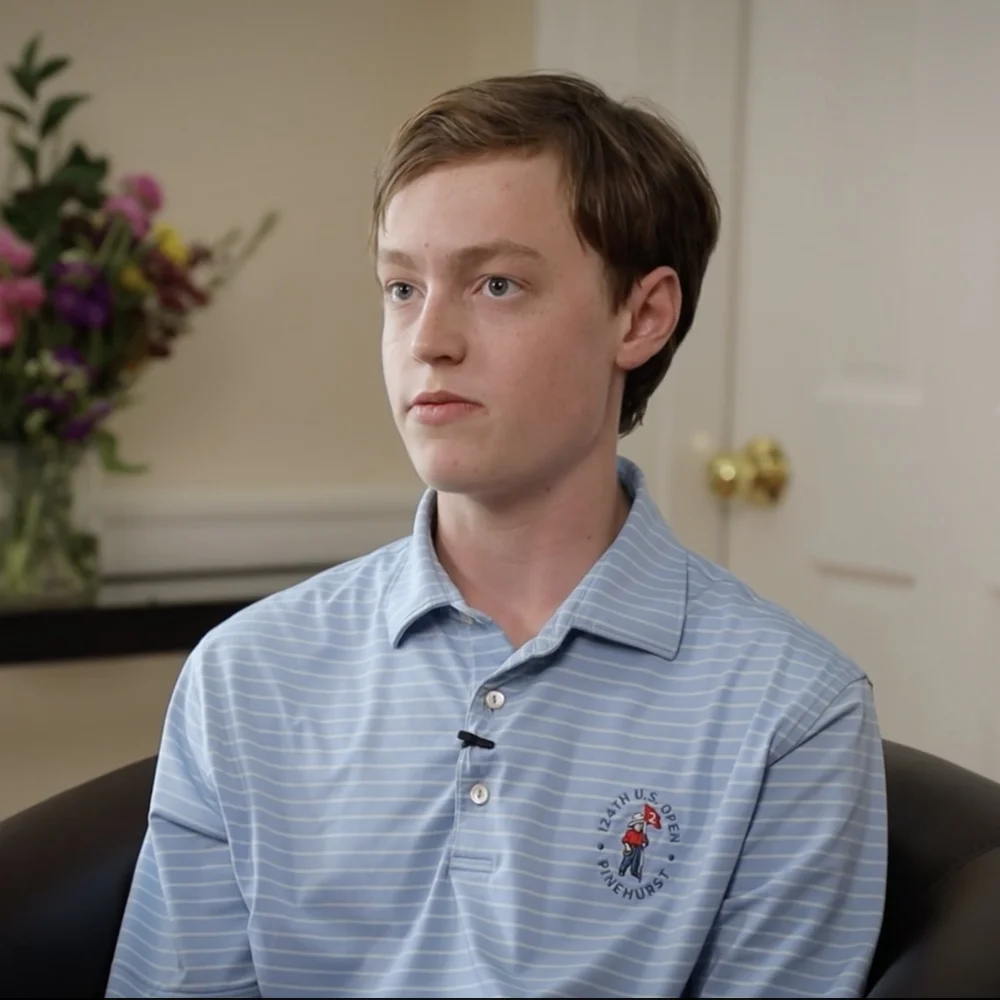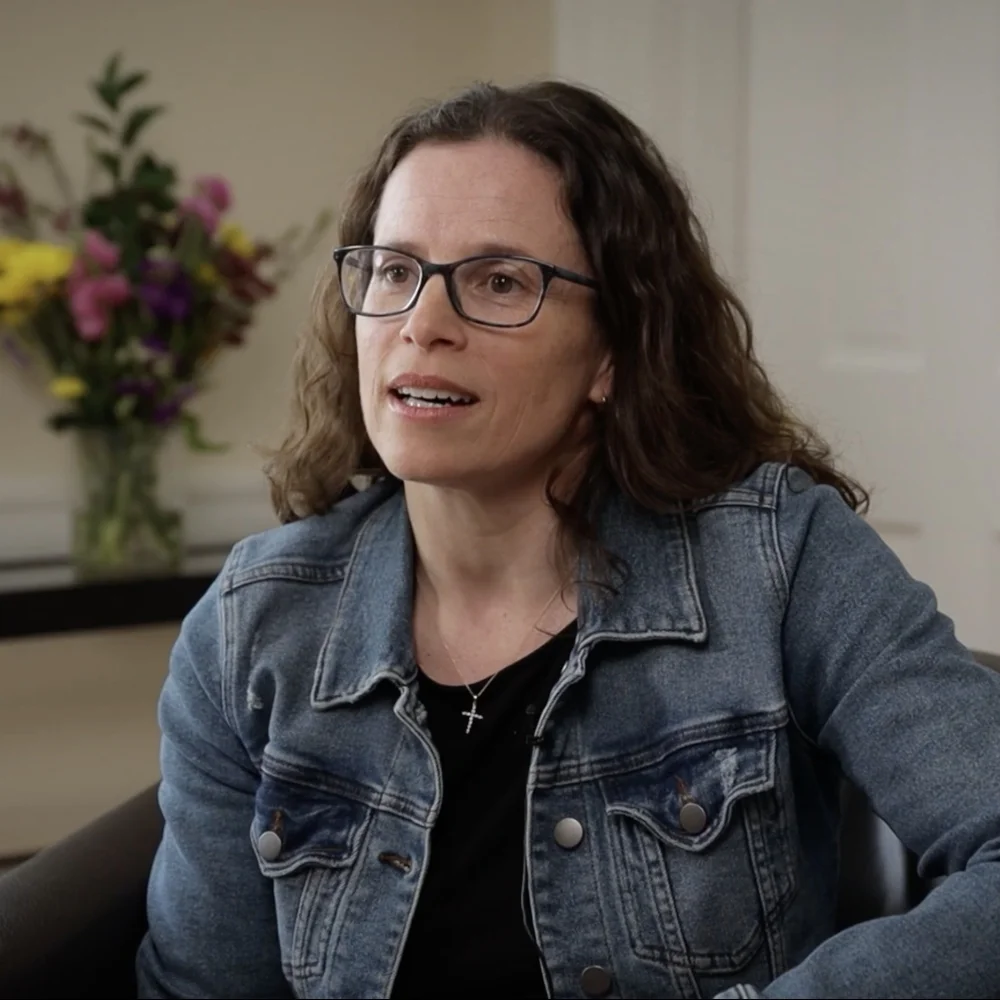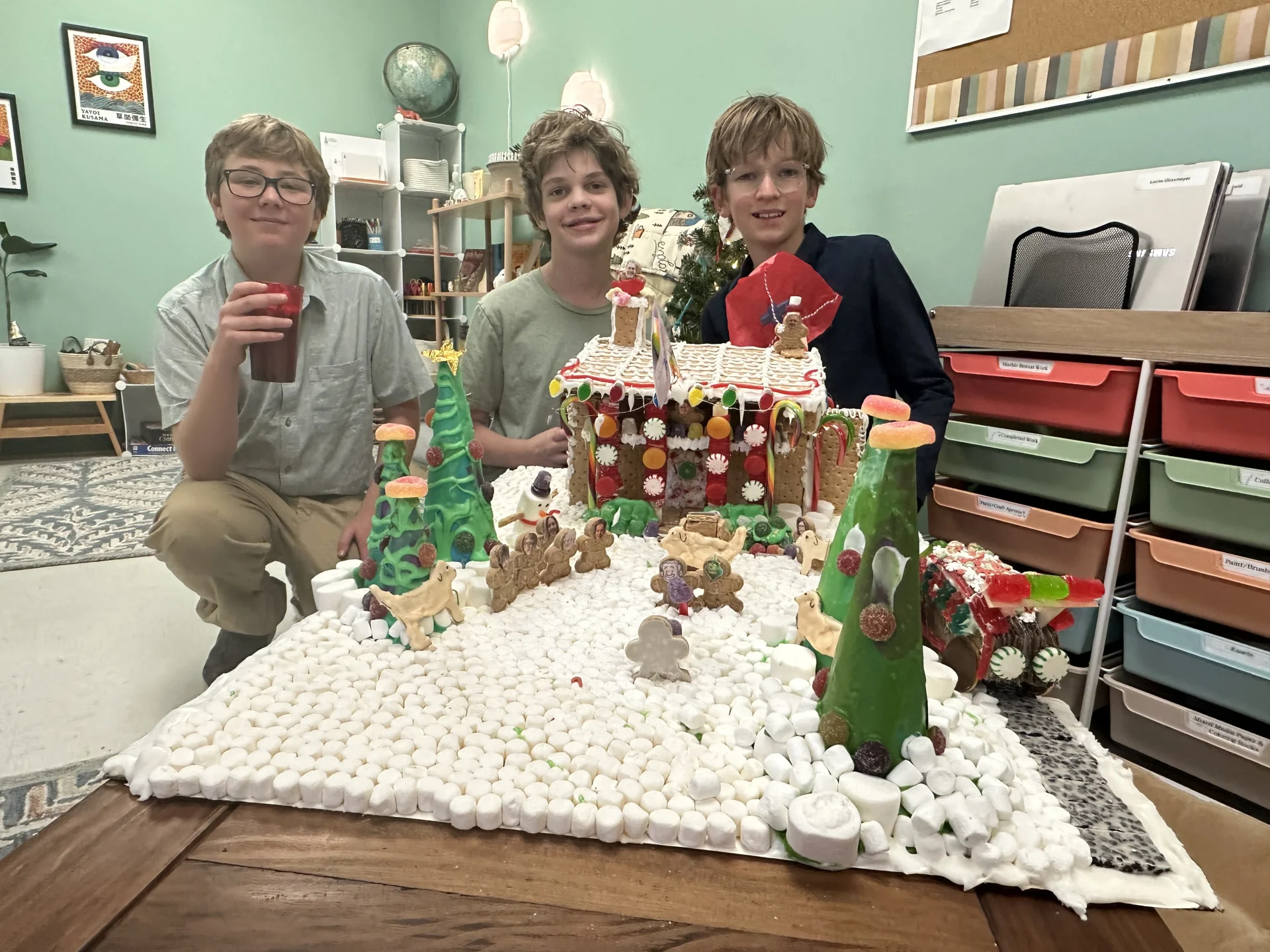
Bringing Each Student's Unique Potential to Light
Keswick School has been providing life-changing developmental treatment and education to boys in a safe and immersive therapeutic community since 1963. Our boys face sustained, significant, and complex challenges that prevent them from thriving at home and in traditional academic settings. By understanding each student's individual needs, our professional staff develop meaningful relationships to help build the skills, capacities, and character needed for sustained success.
| Tab Name | Admissions |
|---|---|
| Image |  |
| Content | Worth a Closer LookKeswick School Provides a Nurturing and Safe Community to Learn and Grow Boys are accepted between the ages of ten and fifteen at the time of enrollment, and come to Keswick School from all over the Commonwealth of Virginia, the nation, and the world. Students who are accepted have a variety of learning, emotional, and behavioral challenges, and may be supported with medication management. |
| Tab Name | Therapy |
|---|---|
| Image | 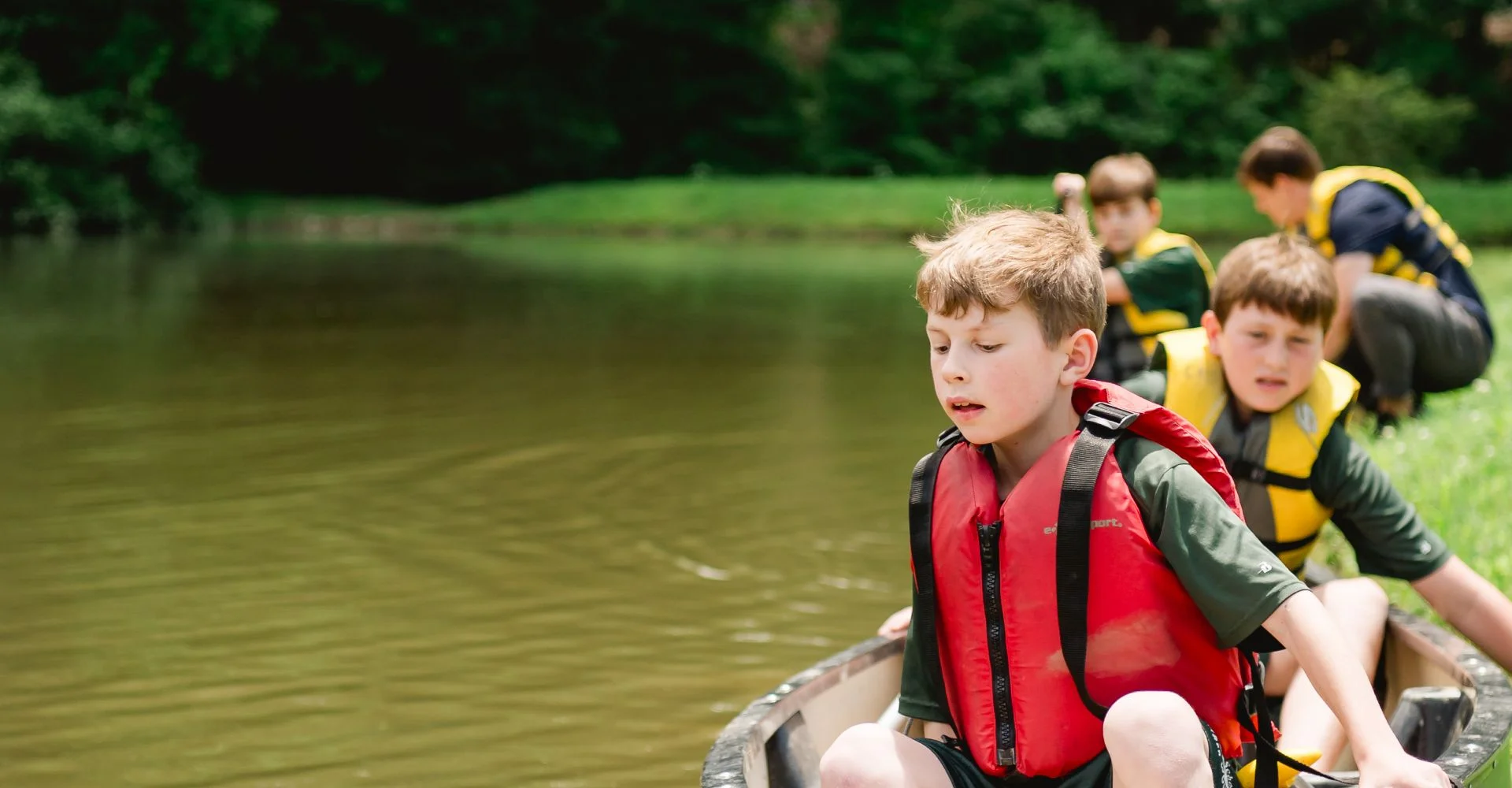 |
| Content | A Safe Place to GrowA Recognized Leader in Therapeutic and Academic Support Keswick School specializes in supporting boys between the ages of 10 and 18 (10-15 upon enrollment) who have complex social-emotional, developmental, and learning needs. Our boys are described as developmentally young for their age and struggling to navigate challenges to their success at home and/or at school. Many have faced barriers to their growth after unsuccessful or poorly targeted treatment due to being clinically misunderstood. |
| Tab Name | Academics |
|---|---|
| Image | 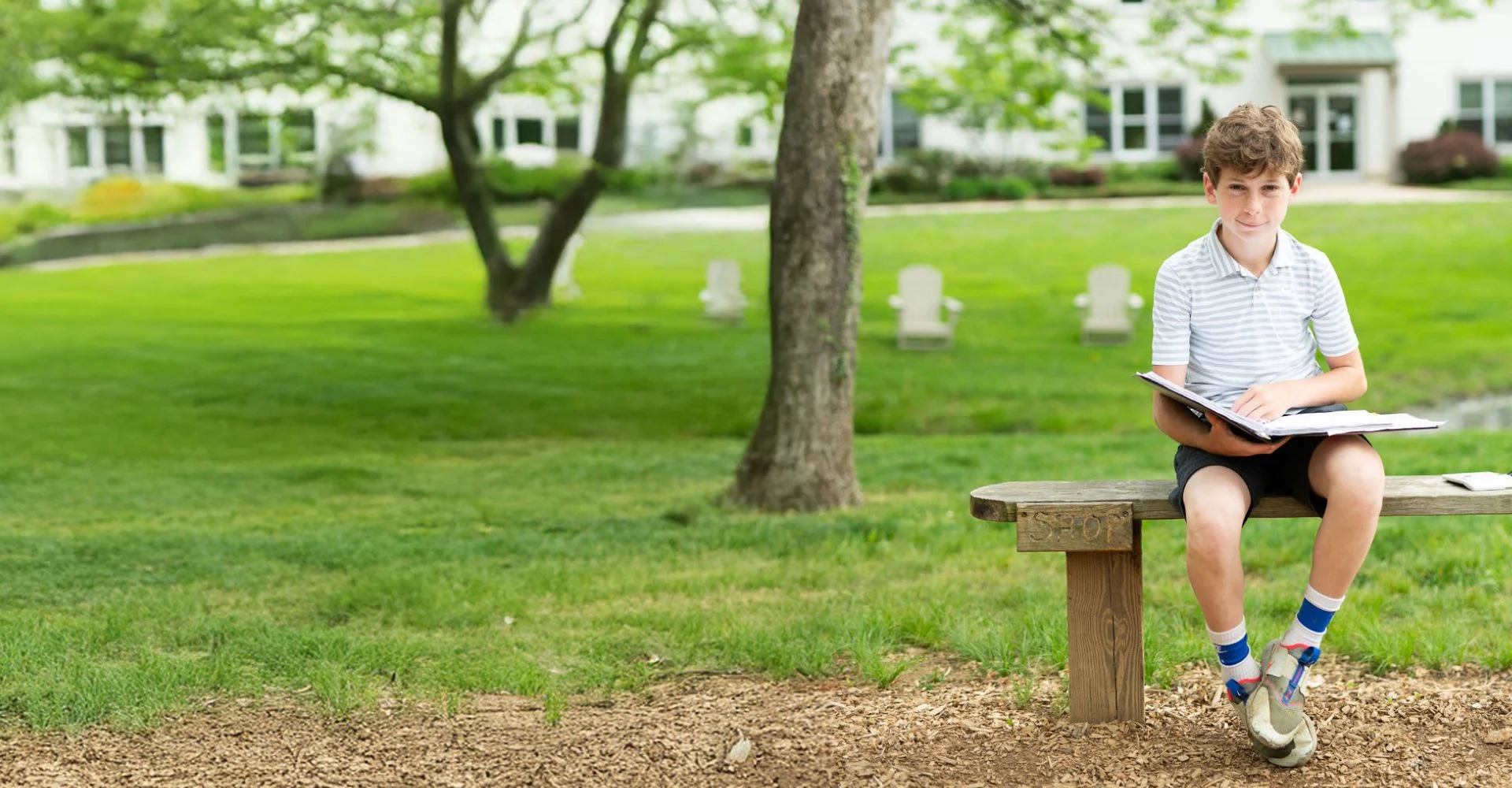 |
| Content | Individualized SupportOffering Full Academic Programs Based on Each Student’s Needs Keswick School’s accreditation through the Virginia Association of Independent Specialized Education Facilities (VAISEF) allows students to earn high school credits which transfer to their home school. Students have an Individualized Service Plan (ISP) developed upon enrollment at Keswick School. |







